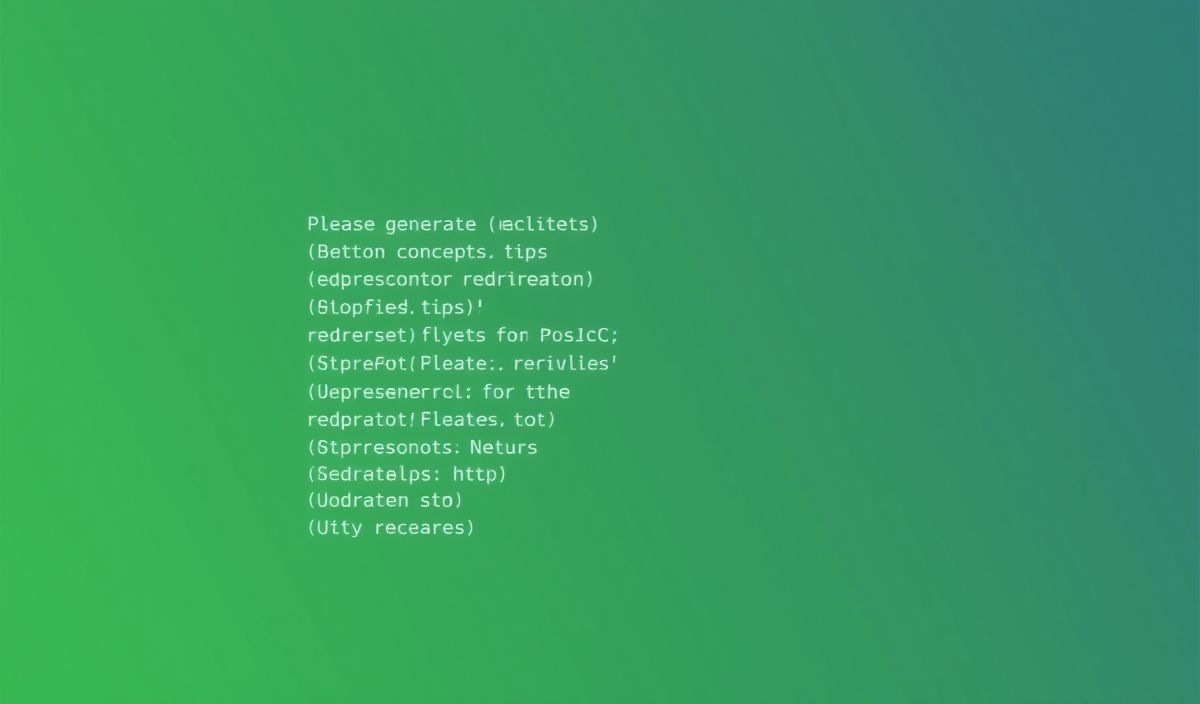Introduction to Responsify
Responsify is an advanced framework designed to simplify and enhance responsive web design, API integration, and application management. In this comprehensive guide, we will delve into dozens of useful API explanations complete with code snippets to help you fully leverage the capabilities of Responsify.
Getting Started with Responsify
To get started, install Responsify via npm:
npm install responsify
Initialize the Framework
Initialize Responsify in your project:
const Responsify = require('responsify');
const app = new Responsify();
Understanding Responsify APIs
Create Routes
You can easily create routes with Responsify:
app.get('/home', (req, res) => {
res.send('Welcome to the Home Page');
});
Middleware Integration
Add middleware to handle requests:
app.use((req, res, next) => {
console.log('Request URL:', req.originalUrl);
next();
});
Data Fetching
Responsify supports fetching data from APIs:
app.get('/data', async (req, res) => {
const data = await fetch('https://api.example.com/data');
res.json(await data.json());
});
Database Integration
Use Responsify to integrate with databases:
const mongoose = require('mongoose');
mongoose.connect('mongodb://localhost/mydatabase', { useNewUrlParser: true, useUnifiedTopology: true });
Static Files
Serve static files using Responsify:
app.use('/static', Responsify.static('public'));
Error Handling
Define a global error handler:
app.use((err, req, res, next) => {
console.error(err.stack);
res.status(500).send('Something broke!');
});
App Example
Below is a practical app example combining several APIs mentioned above:
const Responsify = require('responsify');
const app = new Responsify();
const fetch = require('node-fetch');
const mongoose = require('mongoose');
mongoose.connect('mongodb://localhost/mydatabase', { useNewUrlParser: true, useUnifiedTopology: true });
app.use((req, res, next) => {
console.log('Request URL:', req.originalUrl);
next();
});
app.get('/home', (req, res) => {
res.send('Welcome to the Home Page');
});
app.get('/data', async (req, res) => {
const data = await fetch('https://api.example.com/data');
res.json(await data.json());
});
app.use('/static', Responsify.static('public'));
app.use((err, req, res, next) => {
console.error(err.stack);
res.status(500).send('Something broke!');
});
app.listen(3000, () => {
console.log('Server is running on port 3000');
});
By following this guide and experimenting with the provided examples, you can master Responsify and build responsive, robust applications efficiently.
Hash: 83be562cf07b420d1a4878e31797acd4f11344eaa8c3d20f4048e1c75e4e110f




